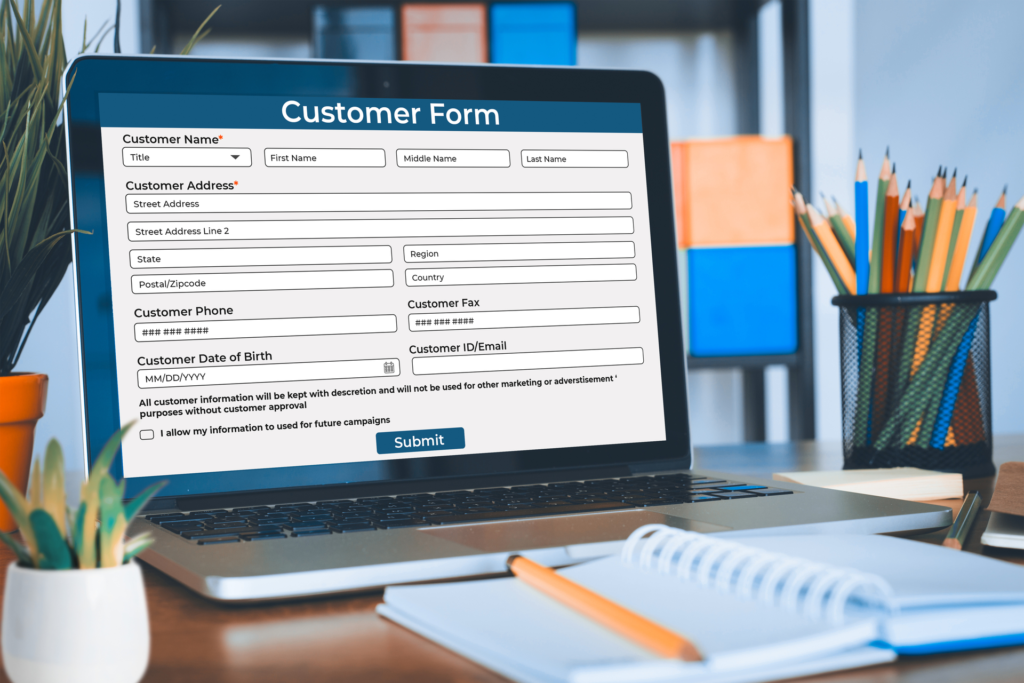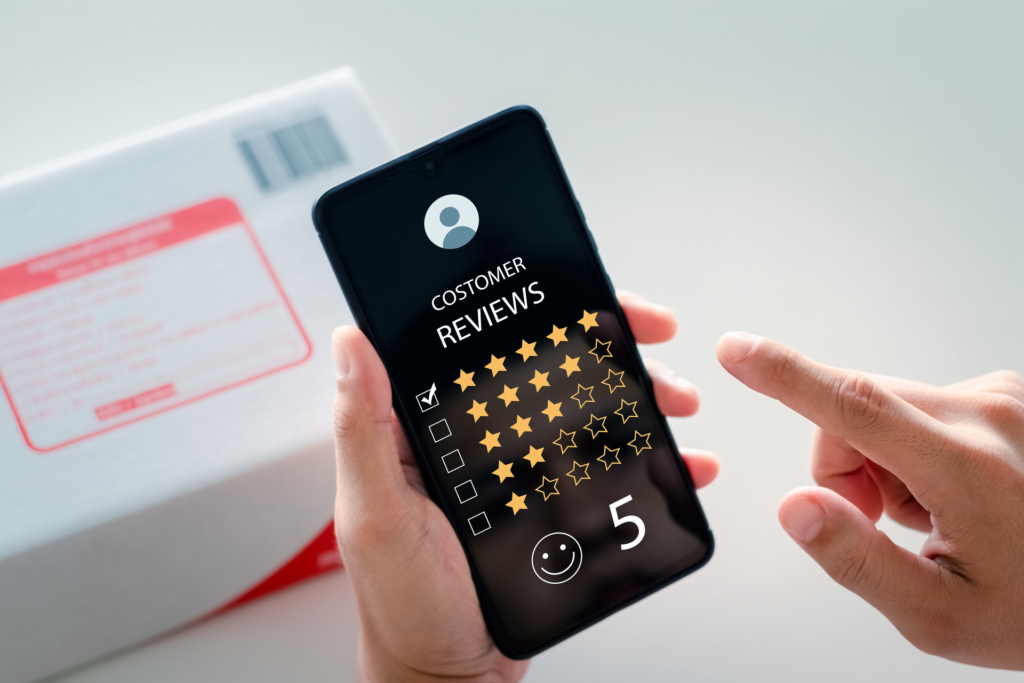Table of contents:
Pushing sales goes beyond engaging the audience with powerful marketing. The sales team also needs enhanced strategies that encourage prospects to become customers. Therefore, they must implement a variety of tactics to bolster the efforts of the marketing team. This is where sales enablement comes in—and why it’s such an important element. One of its numerous venues is the use of content to drive sales.
Here we’ll explain what this process entails. Our discussion will also cover optimal content types. You’ll also learn efficient methods for infusing content-creating techniques into your sales blueprint. Upon completion, your refined approach will enhance, fortify, and expedite the process of closing deals.
What is Sales Enablement?
Sales enablement involves equipping the sales team with resources that enhance their efforts to convert prospects. This entails focusing all knowledge and tools on guiding prospects through the sales funnel. This could include automated tools designed to increase engagement rates by tenfold or pop-up ads positioned between client videos on social media pages.
In this context, content refers to any form of media that motivates potential customers to become buyers. So, its umbrella includes text, pictures, videos, and sounds. However, sales enablement content extends its scope to encompass the presentation forms and styles of each media type. It shows you the best way to craft, organize, and monitor content types for better results.
This is crucial because there are significant differences between a sales enablement platform and marketing. Often, the former aims to introduce a brand to the audience. That’s why it uses formats that pull interest and engagement, like blog posts and social media ads. But a sales enablement strategy focuses more on confirming sales. Therefore, it streamlines its strategies to expedite purchase decisions.
Content Types for Sales Enablement
Different types of sales enablement content exist, each with its own distinct advantage on a campaign. But their core function is to push prospects toward the final goal of a sales journey. These are some of the popular and trusted options:
- Blog Posts: These differ in sales enablement because you don’t craft them for marketing. Rather, they contain distinct, high-value insights on industry topics. This lets them solve key pain points and industry issues for prospects. They also sell a product or service further through various feature showcases.
- Explainer Videos: These sales enablement materials blend the visual appeal of video media with the delivery of technical information. Their engaging visuals and aesthetics simplify complex features and functions. This lets the prospects understand the offer better, speeding up their purchasing journey.
- Testimonials: These types employ the oldest sales-enabling tactic in the book: referencing. When prospects hear positive reviews from others who have benefited from your brand, they become more inclined to engage with you. Testimonials are also quite flexible and feature stills, text, or video.
- White Papers: These are detailed documents that express every aspect of the product or service. White papers are heavy in research, making them ideal for cases where prospects need data and evidence. They’re also comprehensive, offering insights on every specific problem the offer solves. You can find them in numerous sales enablement software programs.
- Case Studies: These work like testimonials, except instead of the client, it’s you who shows your product’s mettle. Case studies give prospects hands-on examples of where your brand solves problems in the real world. They’re a powerful sales-enabling style, as they let the audience see you in true action.
- Customer Journey Maps: These are more strategic sales enablement tools, but they still help in designing the latter. They show you how prospects interact with your brand at each sales funnel stage. A deep study of their behavior helps you understand the right information and data to use when convincing them to make a deal.
- Webinars: Here you get a chance to engage prospects and existing clients on one platform. Webinars allow a one-on-one interactive experience between the brand and the audience. You explain solutions to various questions in real time and get steady feedback. They’re powerful sales enablement tools that boost prospect-conversion chances in many ways.
Why Consider Sales Enablement Content?
The benefits of content in sales enablement are many. However, we can summarize these benefits into the following categories:
More Informational Data
When you plan your content better, you gather more information through research. Depending on how your audience responds, this can play a crucial role in persuading them to become customers. Regardless, sales enablement software lets you do the deeper digging. Styles like white papers and case studies push your team to fish out core technicalities about your brand.
But you break this complex jargon into simpler terms to create appealing content. This means your audience gets to learn more about your brand. The more data you can access, the better you can address pain points at every turn.
Better Conversations
Delivering detailed information isn’t the only perk of a sales enablement platform. As you understand the various levels of technical data your brand presents, you learn the best ways to present them. It also reflects when you respond to inquiries or troubleshoot problems.
This well-informed impression positions you as a reliable source of specific information. It also helps you guide your audience closer to paying for your service. By mastering the data you provide, you simplify discussions with prospects, appearing more human than they expect.
Deeper Relationships
When clients find your brand trustworthy, they’re bound to grow more trust in it. Their references and engagements with your product or service reflect this. For instance, if buyers love your software, they’ll be quick to recommend it in related conversations and platforms.
This also attracts prospects faster by addressing core issues. When presented with a problem, sales enablement tools enable you to address its core. This capacity positions you as a relatable entity, calling them closer whenever they need a hand.
Faster Deal Closing
Sales enabling combines these advantages to impress prospects and existing clients. Each content type presents a ready solution to specified problems. Sales reflect this consistent delivery when prospects agree to pay for your services. Combined with more patronage from existing customers, you close more deals in a shorter time.
How to Craft Effective Content for Sales Enablement
Now that you understand the importance of sales enablement tools, let’s explore how to incorporate them into your content. We have designed these techniques to help you achieve success on every attempt.
Research Your Target Audience
A powerful sales enablement platform is only as effective as its target. So, be sure to identify who your audience is. You can do this through:
- Market research
- Customer data
- Reviews and feedback
- Competitors’s product overviews
- Direct conversations
Only after grasping their preferences and key pain points can you plan the perfect content.
Organize Your Sales Cycle Goals
Remember, every sales cycle comprises different stages. So, clarify what you hope to accomplish at each level. Your primary target should be to convert prospects into customers. But you can employ various content techniques to reach that goal.
For example, one stage could focus on providing information, while another aims to educate the audience. As the audience progresses, you can provide additional details about the product or service. Offers can come early or later in the sales funnel. Your sales enablement software can keep them structured for effective content delivery.
Design a Sales Enablement Strategy
Once you’re ready with a plan, move up to the design stage. This is where you pick the preferred content types for your sales enablement strategy. You could use blog posts for informational purposes or webinars for a more interactive approach. Or you could feature explainer videos for a blend of retention and value delivery.
Remember, your content strategy doesn’t have to comprise one type. You can combine different content types at various stages to encourage conversion. A wonderful way to accomplish this is with CRM software. These tools assist you in outlining, organizing, and modifying your blueprint as needed.
Monitor Strategy Progress
Once you launch your sales enablement, you must monitor its progress. Check for potential delays in prospect conversion and adjust where needed. Fix issues with content delivery and organize it to improve efficiency.
CRM software can also assist in this regard. You can also integrate task management and analytical tools. The latter helps you follow key metrics like conversion rates, engagement rates, and time spent on content. Maintaining communication with your sales team is crucial for sharing essential data.
Automate Key Operations
Sales enablement content remains in its fundamental form. This implies that you will manage vast amounts of media data to distribute at specific times. Improve productivity by automating the necessary areas in your strategy.
For instance, you can set automatic follow-up emails and chats or program explainer video schedules. You can also employ generative AI for blog posts, keeping the content valuable with specific prompts. You can automate templates and color schemes while maintaining a personalized structure that aligns with your brand.
Conclusion
Sales enablement proves that marketing isn’t the only angle that needs to work with content. Therefore, sales teams should consider incorporating these techniques into their procedures. By combining the various types, you can improve your prospect conversion capacity. As you harness the potential of this effective strategy, you will enjoy more sales.






